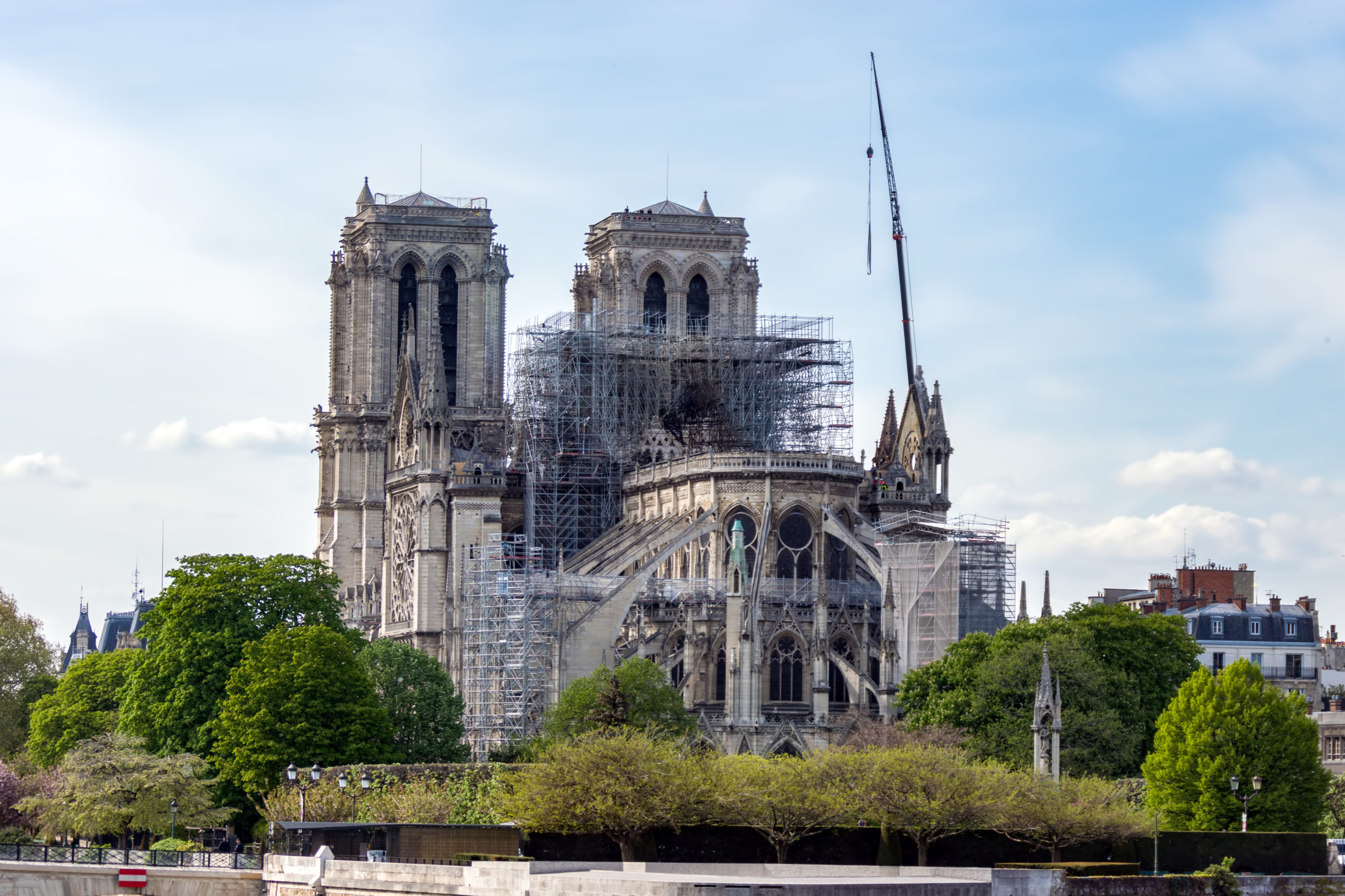Cathedrals have been on my mind in recent weeks. I was one of millions who watched in horror as the famed Notre Dame Cathedral in Paris burned on April 15. The world has since offered an outpouring of support for the people of Paris and the damaged structure that lies at the heart of their identity. Ideas have come forth about ways to rebuild Notre Dame. On May 27, the French Senate voted to restore the structure to it “last known visual state.” The decision is to put the building back together as we have known it for a long time. The hope is to have this work done by the time Paris hosts the 2024 Summer Olympics.
The original construction on Notre Dame began in 1160 and was completed in 1260, with various modifications since that time. I am still amazed at how such a structure could have been built in that day and time. Europe is filled with beautiful church buildings that were constructed many years ago and have stood the test of time.
Two stories from the building of cathedrals in the middle ages may provide lessons for us today as we think about building (and rebuilding) the church. More than the construction of stone and mortar, the building of the church, the people of God, might benefit by learning about the building of these great cathedrals.
In a sermon entitled “How Far Can You See?” United Methodist Pastor James A. Harnishfrom Tampa, Florida tells the story of the Christians who built the Cathedral Church in Seville, Spain. Before they began construction in 1401, they wrote a resolution, and signed it, as a statement of their dream and vision in building that church. The resolution read thus:
Let us build here a church so great that those who come after us will think us mad ever to have dreamed of it.
Harnish ends his sermon with these words: “What kind of a church are you willing to build here? How far can you see?” (James A. Harnish, Tampa, Florida,12 June 1994.)
What is the vision for your church? How far can we see? What do we believe about the plans that God has for you? What great God-sized dreams do you have for your church? Are you taking time to prayerfully dream big about what God will do in the future of the church where you serve? Without a big dream, a clear vision, a great church will not be built.
A second story . . .
“Many Gothic churches of the Middle Ages were built in the following way: a quarry site was established, often as much as 50 miles from the place where the church was to be erected. When the rocks were mined, volunteers from all over the countryside would form a living chain from the quarry to the building site. The rocks would then be passed from hand to hand all the way to the construction grounds.” David Louis, 2201 Fascinating Facts, p.32 (Ridge Press, 1983)
If great churches were to be dreamed into existence, then the building of the greatest cathedrals took the involvement of all the hands that were around. The living chain brought the rocks to the construction site. Today, the living chain is composed of our service, witness, giving, loving, and sharing. When all hands are involved in the chain, we grow stronger and the church of Jesus Christ is built among us. How is this kind of “living chain” of service and ministry evident in your church? What is the process that you use to develop the faith of those in your church? How are all people being mobilized and equipped for ministry? The building of the church today will not be accomplished by a few. The task is too great and the challenge is too overwhelming. All hands need to be a part of the chain of ministry, service, generosity, and witness.
We look around us and see in our own communities many churches that were once great have now been damaged. A time of rebuilding is here!
The Kingdom of God calls for us to join the work of the Holy Spirit with challenging dreams for the future and engaged hands in the present. That is how great churches are built.

Leave a Reply